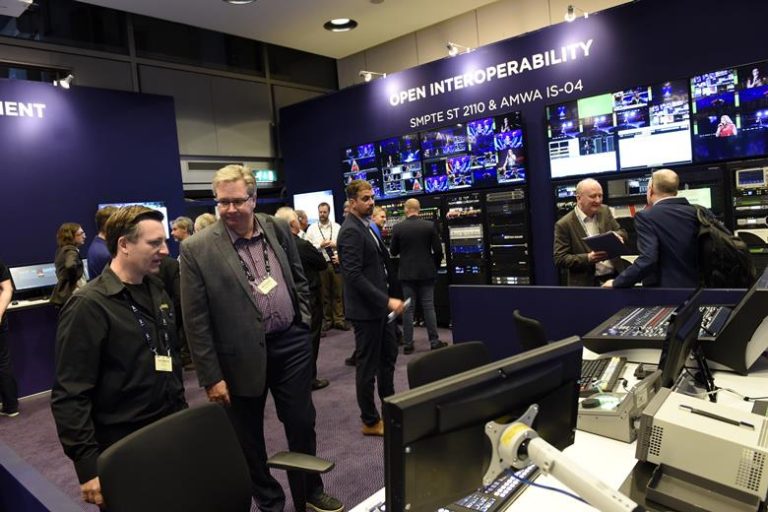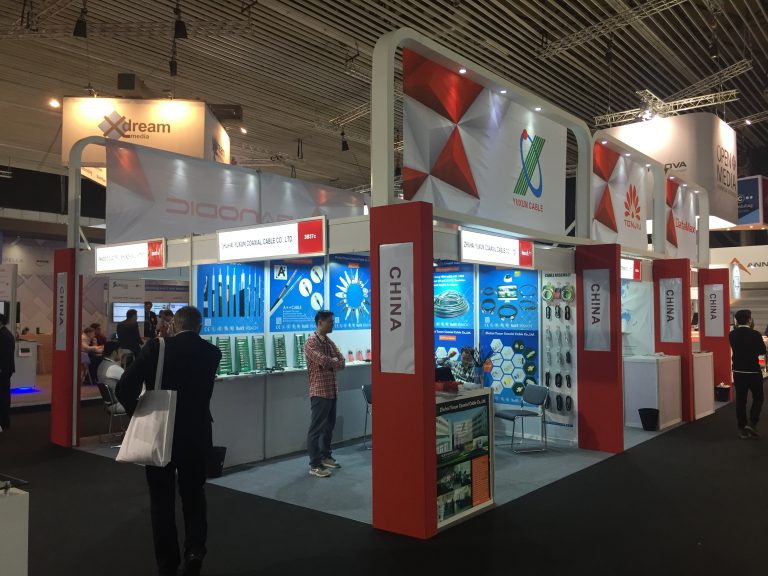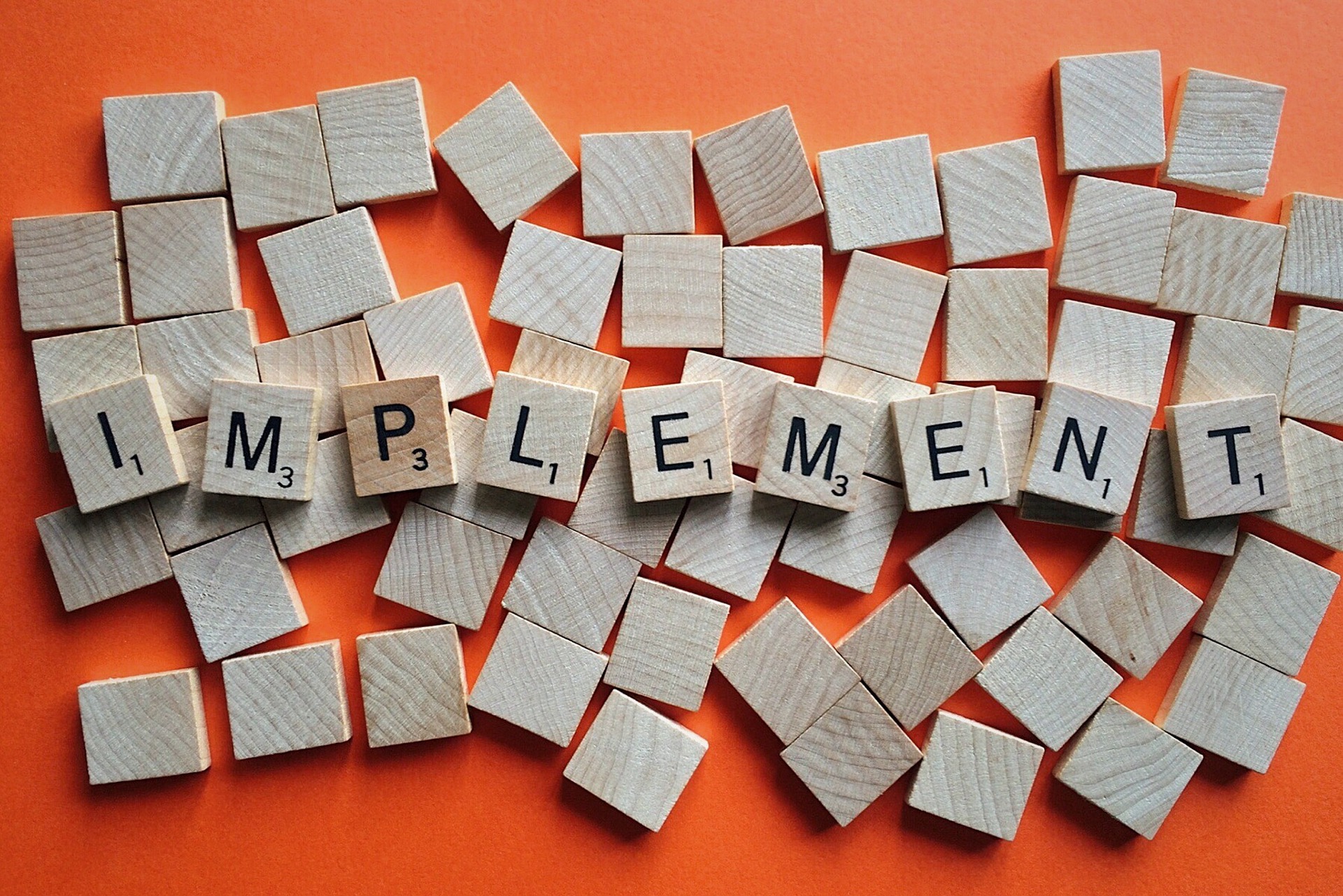By Robert Ambrose | @rambrose
A record attendance at this year’s IBC, with more than 57,000 people visiting the annual broadcast show in Amsterdam, reflects the unprecedented period of change facing the industry.
These visitors were hoping to chart the future of the broadcast media business and the technology that drives it. So what were the main things they learned?
Rising consumer power
I have been arguing for years that our industry needs a “consumer is king” mindset to replace the old cliché “content is king”. Fickle consumers armed with their mobile devices are now firmly in the driving seat – and the industry is recognising that.
In one of my own conference sessions, a panel of six broadcasters and platform operators talked of the importance of understanding consumers and meeting their needs with the right combination of content, technology and business model.
On the show floor, many of the vendors were showing solutions aimed at delivering a better experience for consumers – recognising that established broadcasters are competing for viewers head-to-head with Silicon Valley’s well-financed OTT players: Amazon, Apple, Google, Netflix and now Facebook are rolling out services around the world.
Collecting and using data about those consumer interactions is also becoming an essential skill. All broadcasters need to do more to understand their audiences at an individual level, while ensuring the integrity and privacy of that data.
Voice control and AI (but not VR)
A consumer-focused approach helps understand which new technology buzzwords are likely to become mainstream. On the ascendancy this year is voice control – whether it’s speaking into a remote control to drive search, or controlling content via a personal assistant (Amazon Alexa, Google Assistant, and the like). Many IBC speakers are now convinced that voice control will become a dominant user interface, replacing clunky on-screen menus.

Closely linked, artificial intelligence (AI) was everywhere at IBC and is at the top of its “hype curve”: nearly every vendor seems to be claiming some sort of AI is embedded in their product. This still needs to settle down, but AI brings exciting potential – whether it’s extracting metadata, speech-to-text and image recognition to speed shot-logging, enabling a more efficient content supply chain, or helping consumers find content.
The jury is out on better-quality content standards. While 4K/UHD is gaining adoption, particular for high-dynamic range (HDR) content, many feel that even-better quality is unnecessary. I would have agreed with them – until I saw NHK’s demonstration of 8K in the IBC Future Zone. Scenes from a boat on Amsterdam’s canals, and an international soccer match, were breath-taking. Of course, 4K and 8K content are not for everyone, and it is important to remember that consumers value convenience and access (readily-available mobile content) over high-quality images every time.
There was early discussion of the potential for 5G mobile networks to provide another step change in content delivery – both to consumers, and for contribution feeds.
An important topic of discussion this year was cybersecurity with broadcasters focused on protecting their IT infrastructure and the valuable content in it from attack.
Virtual reality (VR) has enjoyed much attention over the past couple of years – but I was glad to see the inevitable conclusion reached at this year’s IBC: it is a niche format, and not one that will make any impact in long-form TV-style content.
IP standards come of age
For live TV signals, there is no question that IP infrastructure is ready for prime time and the end of SDI is in sight. Crucially, one of the key standards for IP interoperability, SMPTE 2110, was (finally) agreed during IBC. The IP Showcase demonstrated real-world solutions working together.
While there is no rush to tear out existing SDI kit, any broadcaster planning a new facility should now be seriously considering an IP-first approach.
China’s growing footprint

Walking the halls of IBC, the rise of Chinese manufacturers was clear to see. Most visible of all was the reduction in size of Sony’s booth this year, with the remaining space taken by Huawei, a major telecoms vendor which is investing heavily in the broadcast media sector.
But strangely, there were dozens of IBC booths from relatively unknown China-based manufacturers. It remains to be seen how many of these companies will be able to break through into the global market. No doubt they are offering a very attractive price point, but any prospective purchaser will also need to consider the vendor’s commitment quality, performance, standards and ongoing support.
A flexible future
Cloud technology is now so mainstream that it almost isn’t mentioned any longer – although in another of my conference sessions, we heard about Google’s commitment to the broadcast industry, and examples of how cloud is transforming operations for several broadcasters.
Other aspects of an IT-centric approach include the need to manage much quicker product release times, using Agile development. And this comes full circle to the importance of the consumer. The underlying technology used by broadcasters must be agile and flexible enough to meet consumer needs rapidly and effectively.
Header Image: More than 100,000 square metres in 15 halls accommodate 1,700 media technology vendors at IBC 2017. Credits: IBC
Robert Ambrose is a consultant, industry analyst, journalist and technologist with 30 years’ hands-on experience of the media and entertainment business. He helps media companies and vendors keep pace with the fast-changing digital content market and consumer demands by implementing effective technology solutions and transforming business operations.

He’s an active speaker and presenter on media and entertainment industry trends – including at IBC, NAB, MESA Europe and Frankfurt Book Fair.
